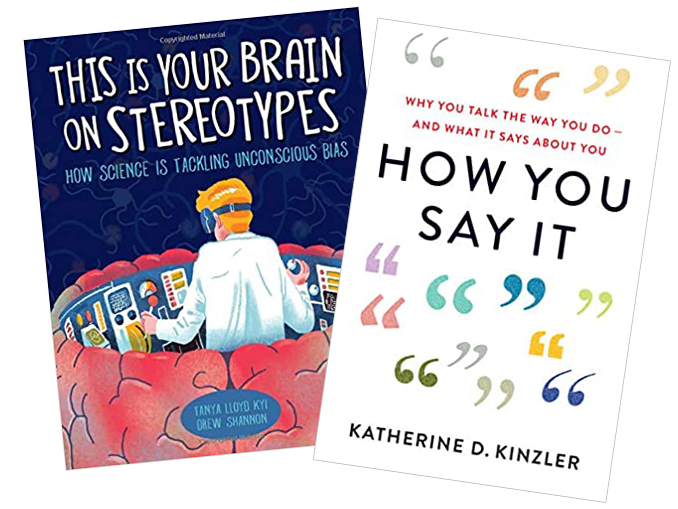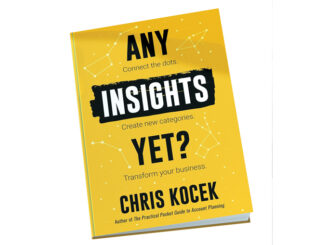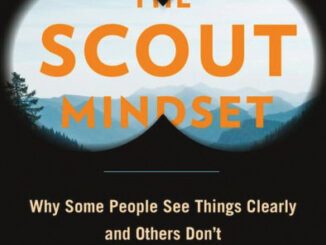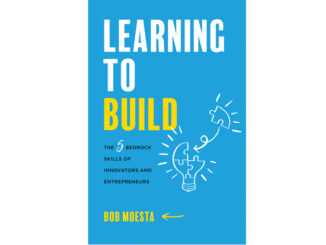How You Say It: Why You Talk the Way You Do—and What It Says about You by Katherine D. Kinzler, Houghton Mifflin Harcourt, 2020
This Is Your Brain on Stereotypes: How Science Is Tackling Unconscious Bias by Tanya Lloyd Kyi and Drew Shannon, Kids Can Press, 2020
Even with COVID-19 all but stopping in-person qualitative research, most work in our field still revolves around real-time verbal discussion, either in the form of video focus groups/individual interview conversations or “old-fashioned” telephone interviews.
With the Brady Bunch headshot format of online focus groups, though, we lose a number of the fuller body cues and in-person human connections that are part of in-person qualitative. Also, while we may still be seeing people during a webcam focus group, we are compensating for loss of the fuller body language cues by relying more on the individual’s voice to help us process and evaluate what is being said.
This is why Katherine D. Kinzler’s How You Say It is a must-read for anyone who is conducting research that involves online real-time verbal discussion. Kinzler is a professor of psychology and delves into the world of sociolinguistics, which addresses the unconscious biases we use to make judgments about the value of what people are saying. She feels that linguistic discrimination is one of the last permissible prejudices in our society. While many books have been written on biases based on how people look—race, ethnic group, gender, dress, weight, etc.—and how that can impact how valued and receptive we are to what people are saying, Kinzler feels that linguistic bias is often subconscious and intertwined with other kinds of prejudices. She points out, “We tend to remember features that have nothing to do with the individuals and have everything to do with their social group.”
In her book, Kinzler fluidly weaves in studies across a myriad of how our linguistic biases unconsciously influence both what we think we are hearing and how we value what is being said. A few examples:
- Even when consciously trying not to do so, teachers had difficulty disregarding their reliance on the sound of a student’s voice when making inferences about their capability, even when they had concrete evidence of their abilities in the form of written compositions. We should recognize that the sound or timbre of someone’s voice is different from an accent, and that sound can negatively impact how we perceive what people are saying.
- People can very clearly understand, and accurately compose, a written transcription of someone speaking English with a heavy Chinese accent but when verbally asked, “How much did you understand?” many successful transcribers said that, because of the “heavy accent,” they were not sure how much they understood. As such, listening doesn’t always translate into consciously absorbing, processing, and valuing what a person is saying.
- Listening to BBC radio announcers’ voices, most people think they can accurately rate the personality based on voice alone. They couldn’t.
While How You Say It focuses on linguistic biases, This Is Your Brain on Stereotypes, by Tanya Lloyd Kyi and Drew Shannon, focuses on stereotypes of all kinds. Don’t let the fact that this book is targeted to young adults and is colorfully illustrated dissuade you from reading it. Kyi has won awards for her science writing, and Shannon’s illustrations are engaging. This well-researched book uses scientific studies and events, mixed with humor, to take the reader through the journey of why stereotypes exist, how they impact judgment and actions, and the negative implications on individuals and society as a whole. Interestingly, the book discusses not only how employing stereotypes can hurt others, but also how personally believing stereotypes about ourselves can prevent us from succeeding, i.e., girls told that a math test was hard did worse than boys, but girls told that they were good at math did just as well on the test. The last part of the book focuses on “rewiring the brain”—ways we can begin to untangle ourselves from harmful stereotypes.
Two older helpful books on verbal and visual cues are What Every Body Is Saying: An Ex-FBI Agent’s Guide to Speed-Reading People, by Joe Navarro (2008) which employs extensive use of photographs to help explain what different body language and facial expressions mean; and Speaking American: How Y’all, Youse, and You Guys Talk, by Josh Katz (2016) which uses U.S. map illustrations with detailed explanations to show how people in different parts of the United States use different words and phrases to refer to the same thing.





Be the first to comment